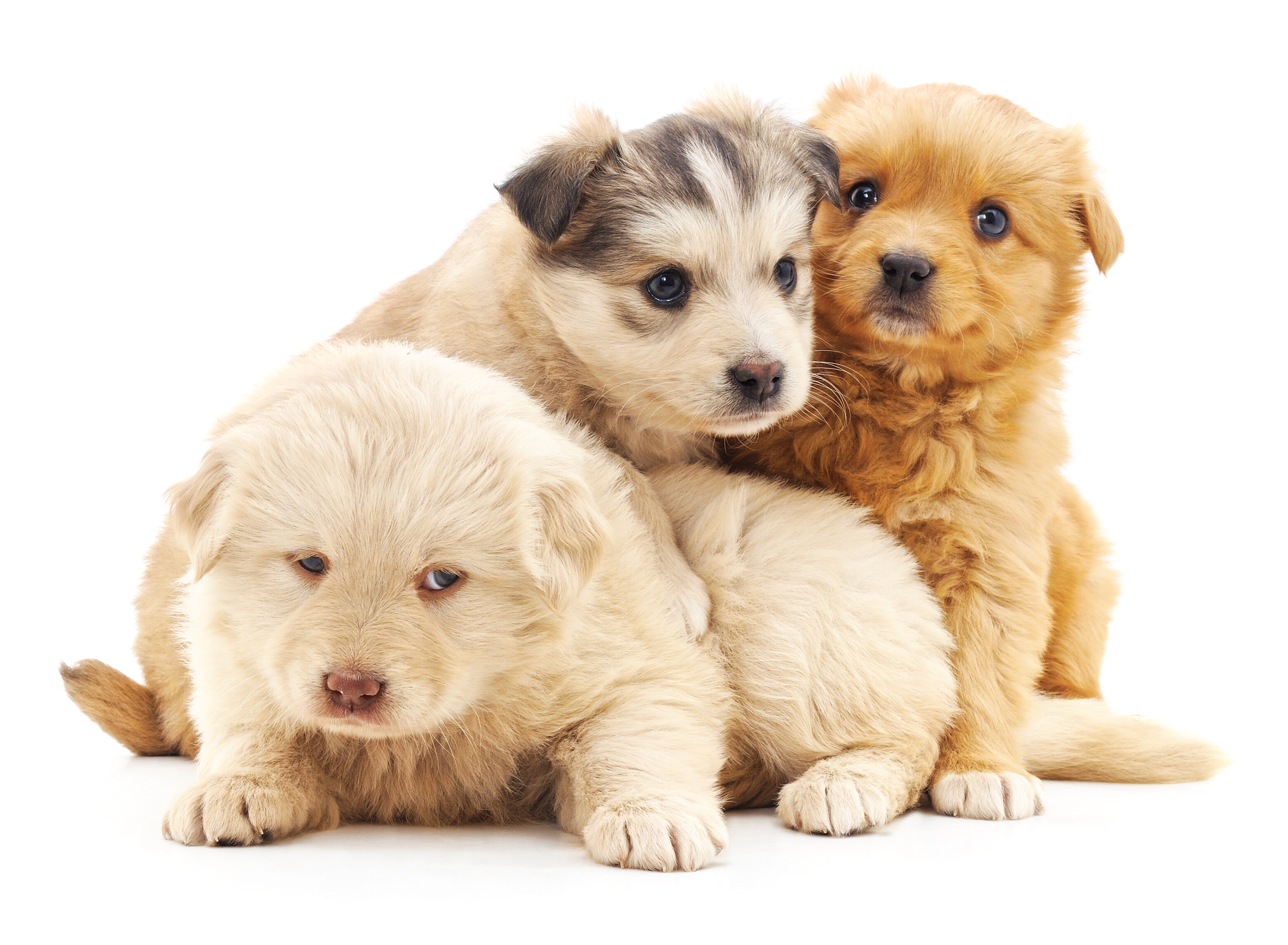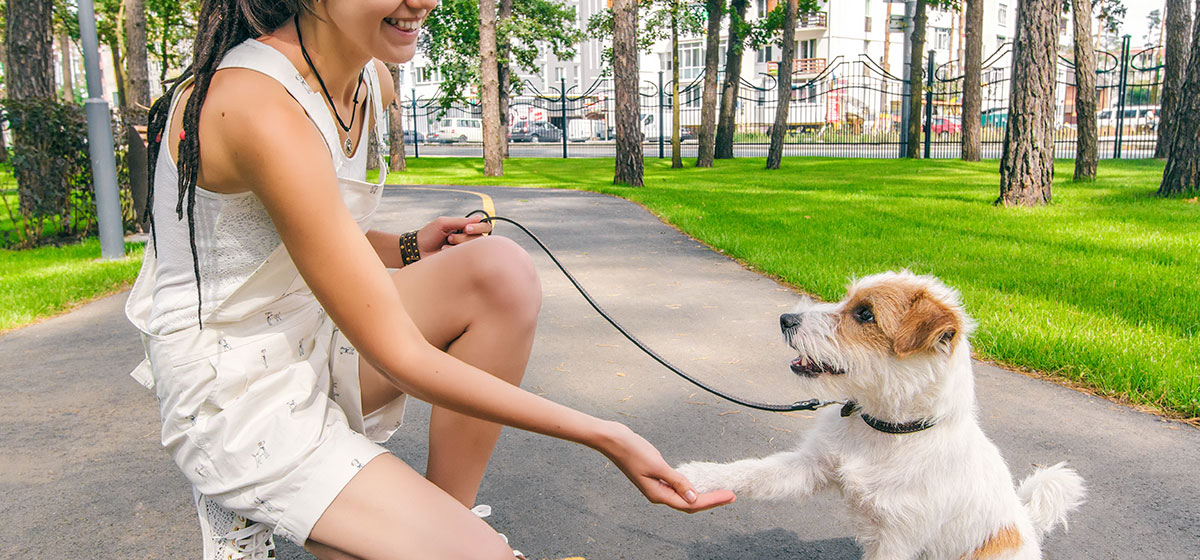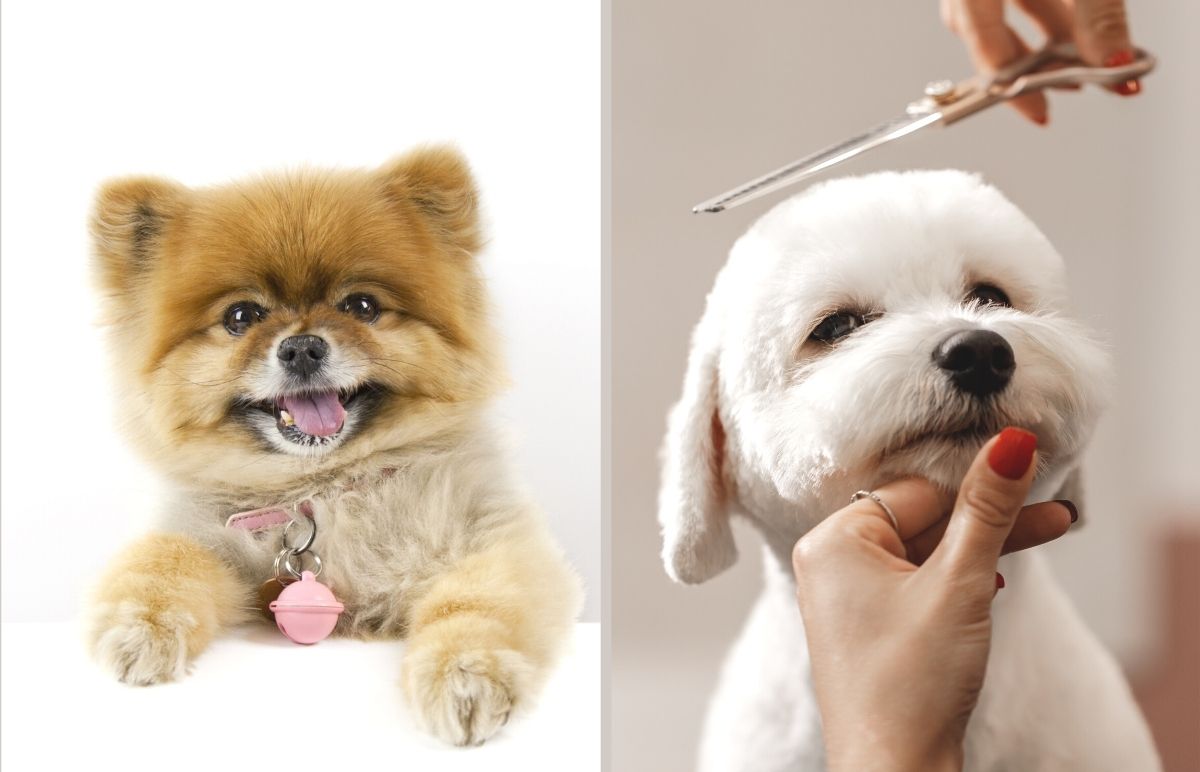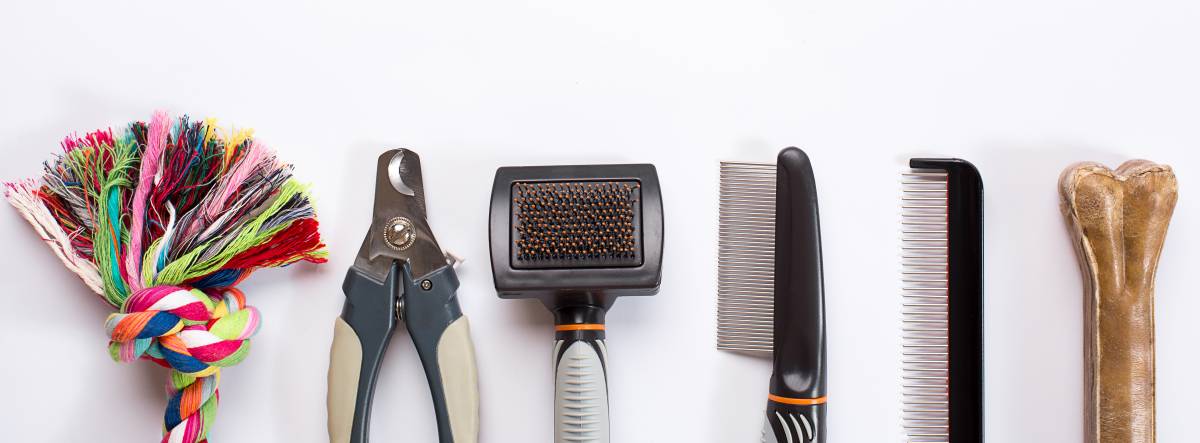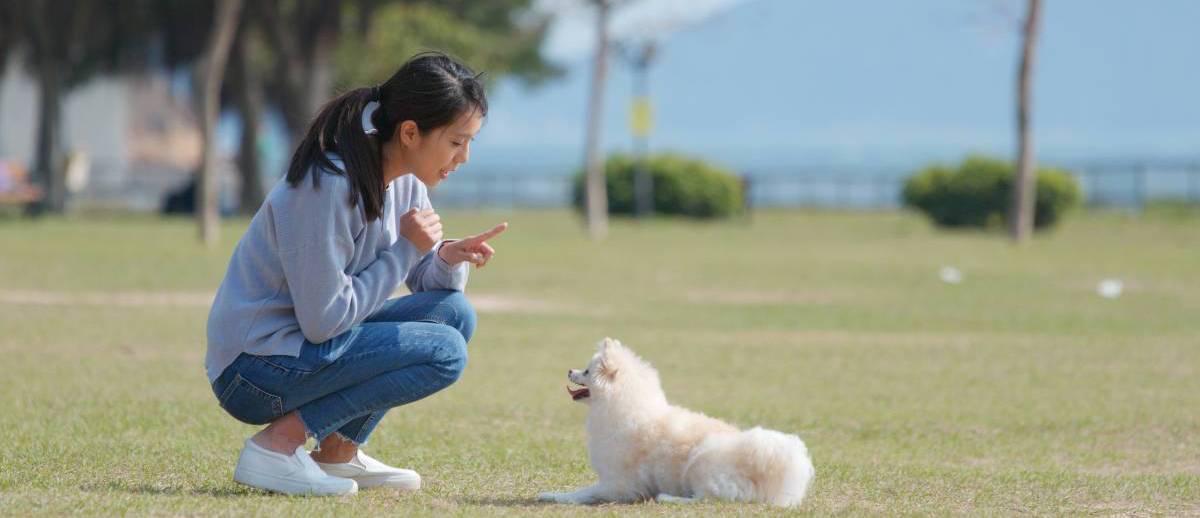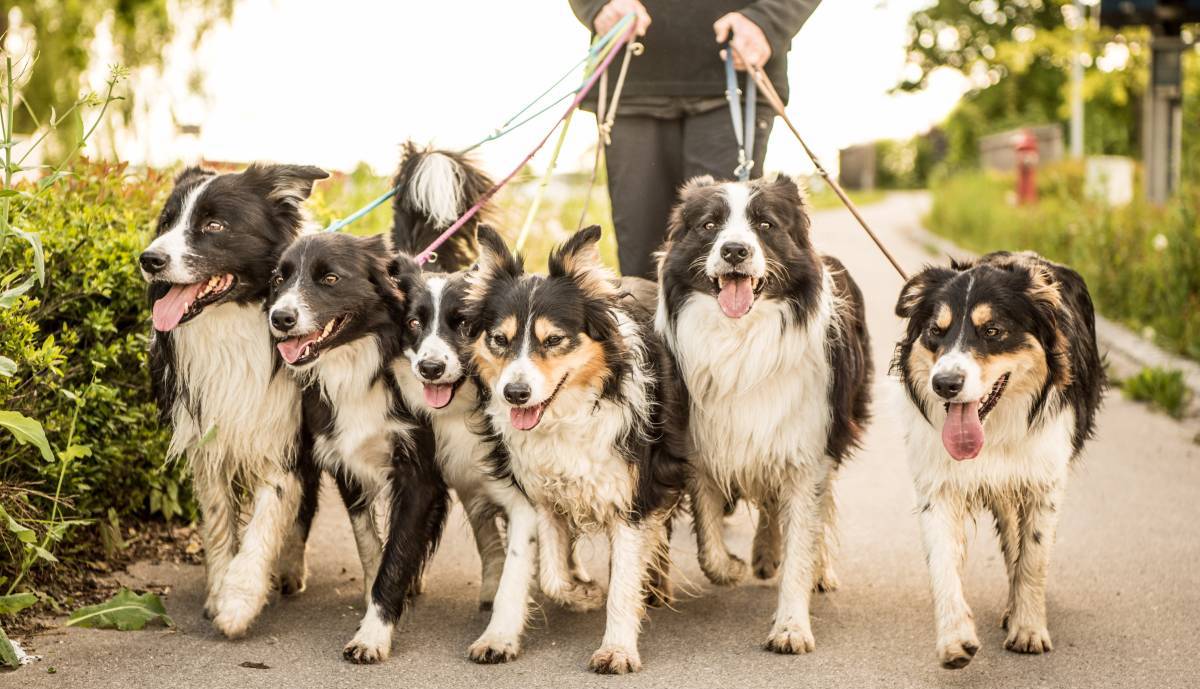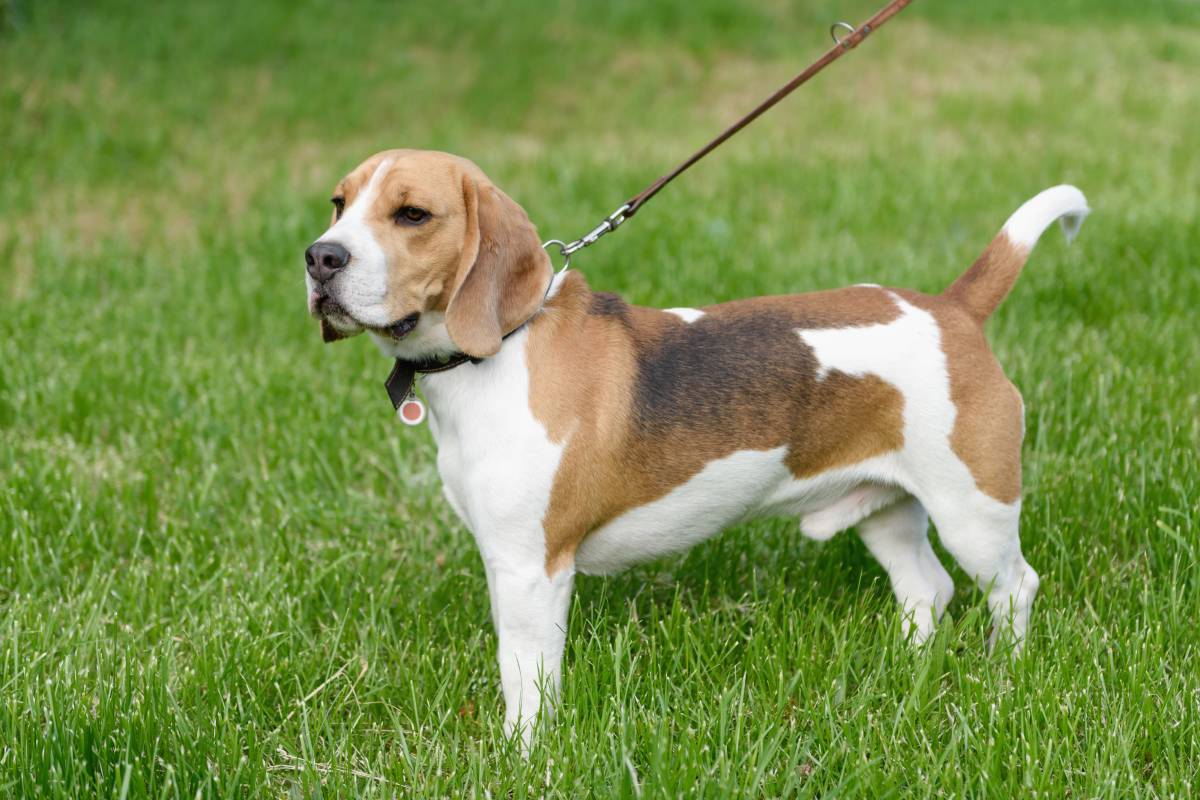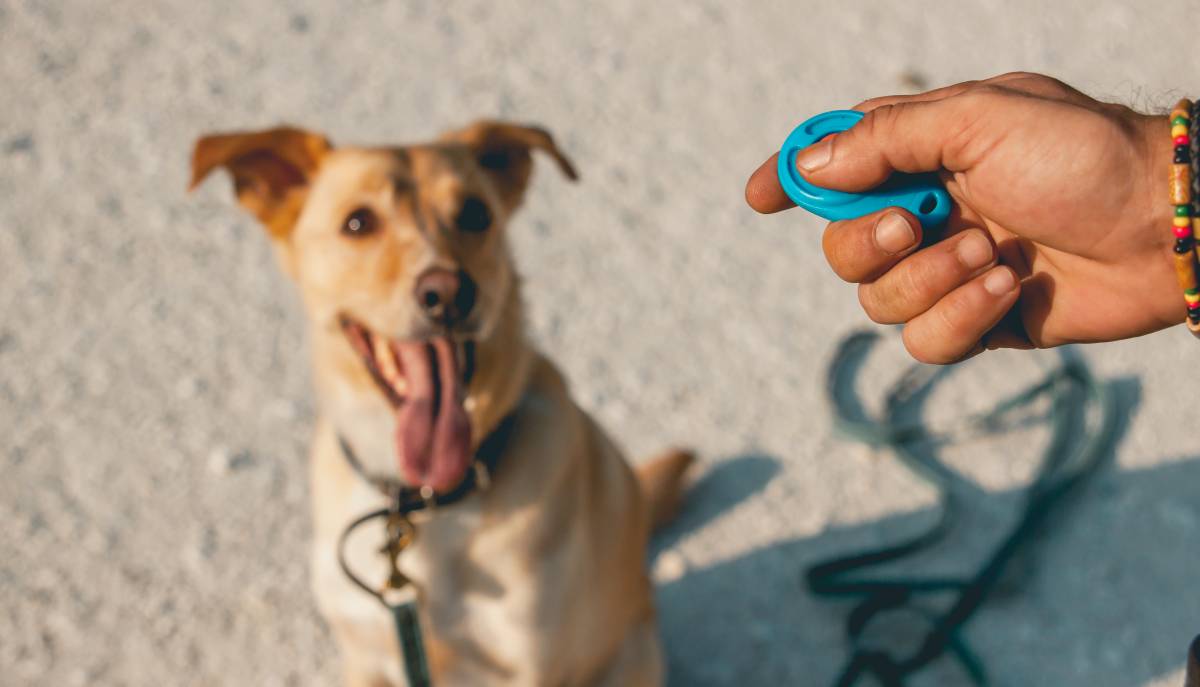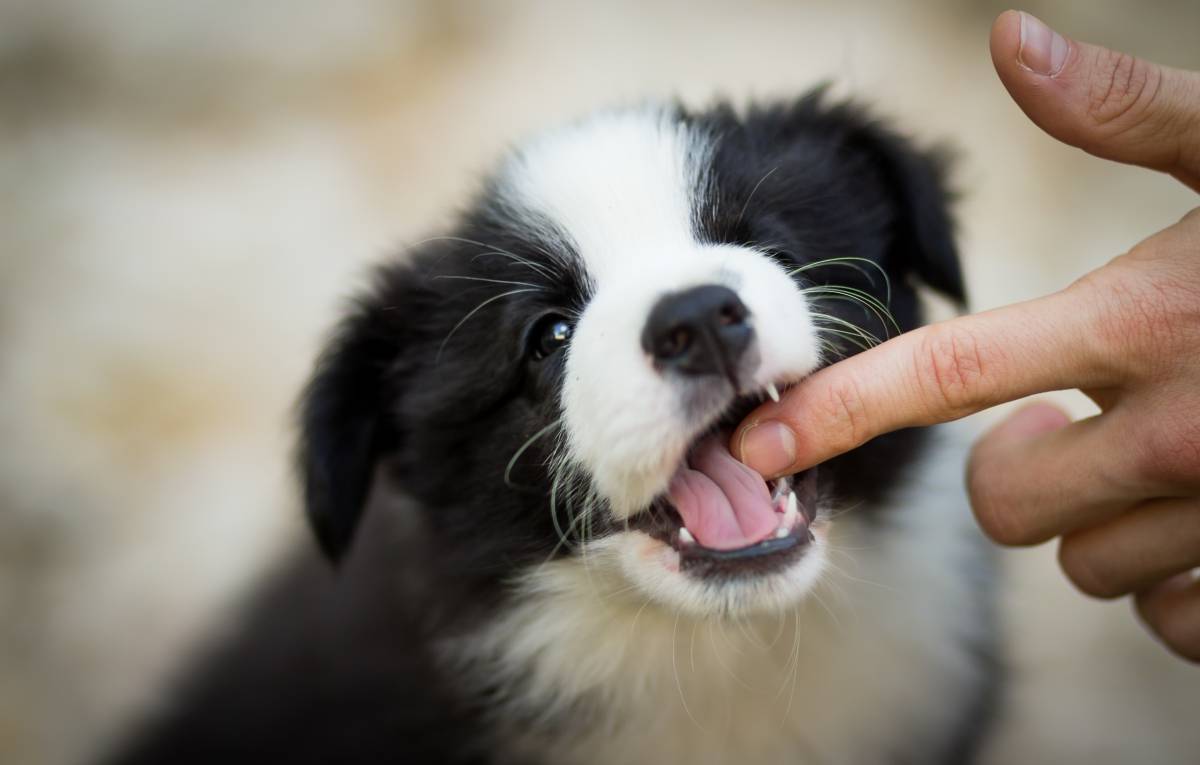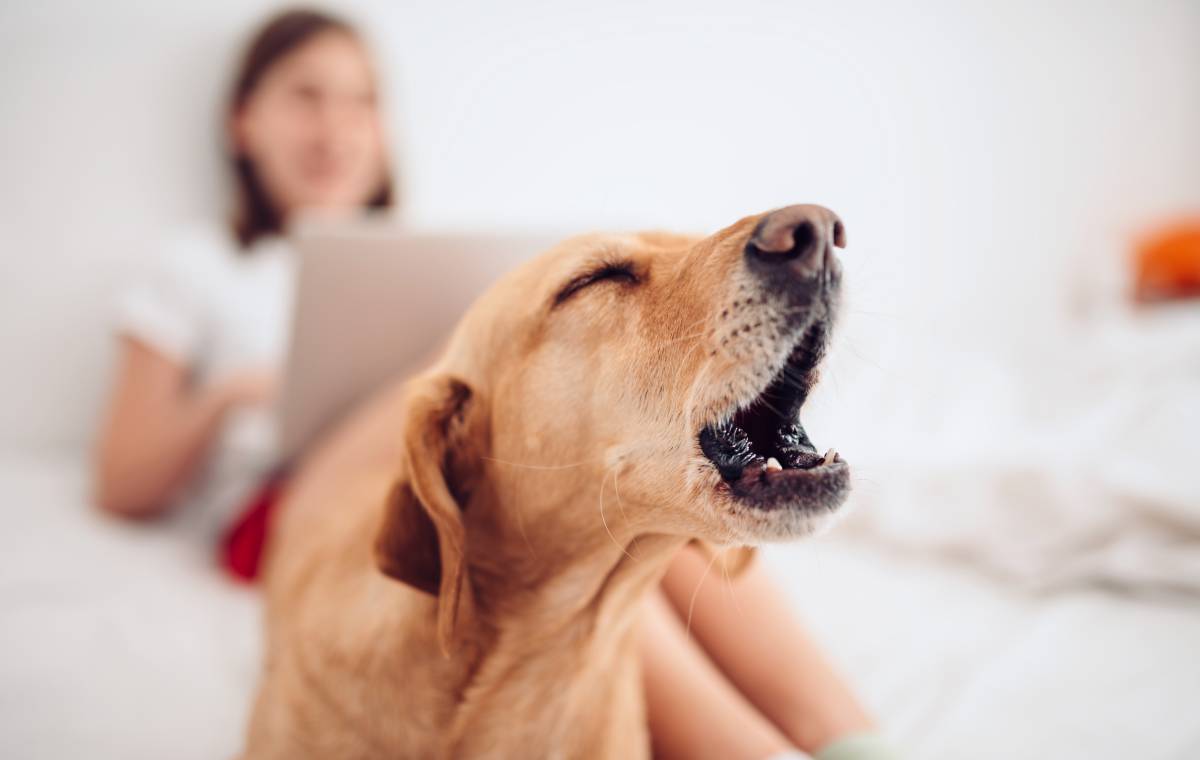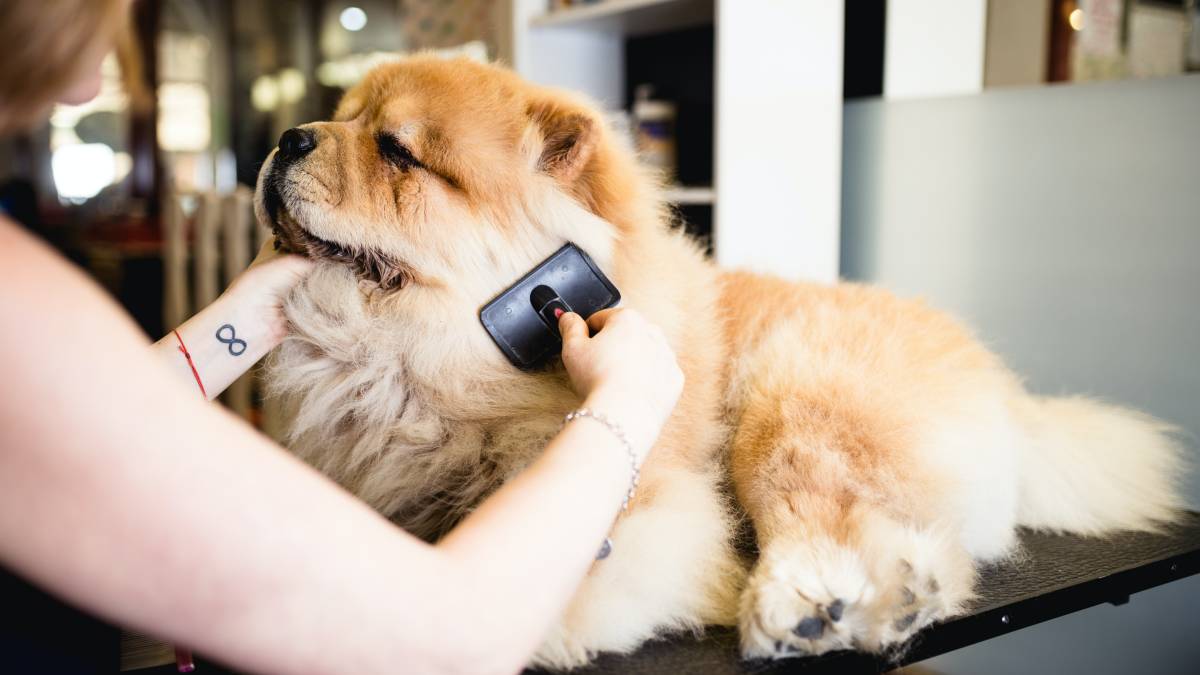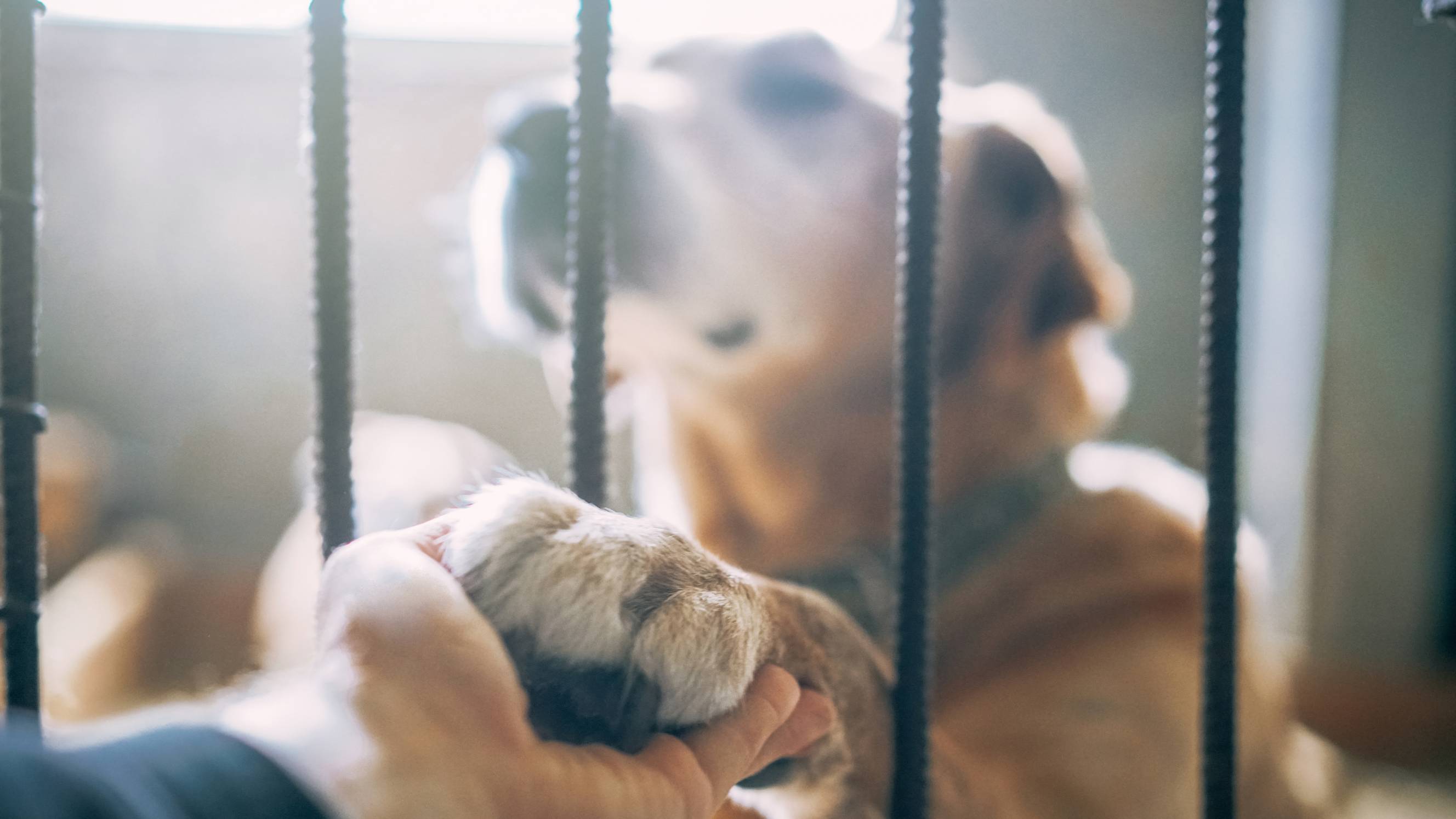- Home/
- Guides/
- Dog Training/
- How to House Train a Dog
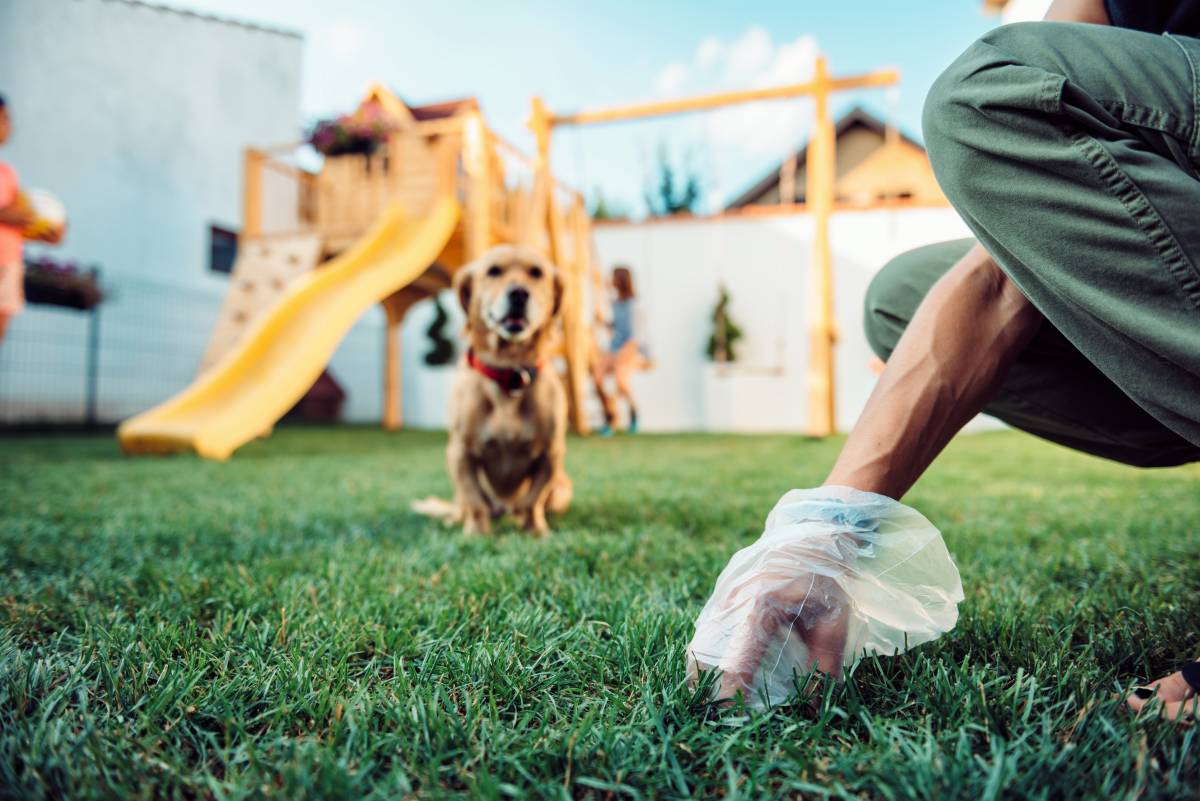
3 Effective ways to house train a dog
It’s not too late to house train your adult dog! Here are some house training methods you can try.
Consult a dog trainerLast Updated on
Welcoming an adult dog to the family presents a unique set of challenges. For starters, since your dog isn’t a puppy anymore, you’d expect they already know how to take care of themself when it’s time to do their business. But it’s possible that the dog you’re bringing home has never received house training, or they’ve forgotten proper toilet habits.
There are countless ways how to potty train a dog. If your dog struggles to learn one method, you can always teach them the next one. Arm yourself with tips, information, and endless patience and persistence. Soon enough, you can tick potty training off your dog care checklist!
If you’re looking to house train a puppy, you can refer to this guide to puppy toilet training. We also have a step-by-step guide on potty training an adult dog. |
House training methods
1. Crate training
Crate training is an excellent method of potty training when you want to set a routine for your adult dog.
Much like their hoomans, dogs would rather keep their sleeping quarters (i.e., the crate) clean. Given this, the dog is forced to manage their bowel movement when inside the crate and take their business outside to avoid making a mess.
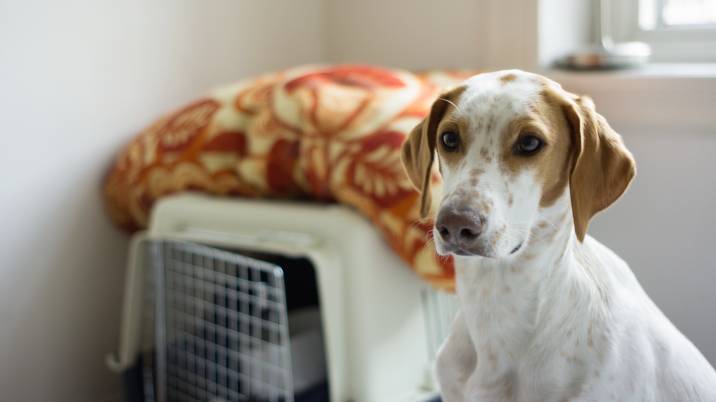
If you want to try this house training approach, remember that you shouldn’t leave your dog in the crate for too long. Be mindful of your dog’s cues and take them out for a walk so they can properly eliminate waste.
2. Paper toilet training
While the goal is to get your adult dog to poop and pee outside, it’s also sometimes useful to give your dog an acceptable indoor toilet spot. Older dogs may have a more difficult time controlling their bowel. If they can’t make a dash for the door, at least they’ll have pee pads, paper towels, or newspaper to run to.
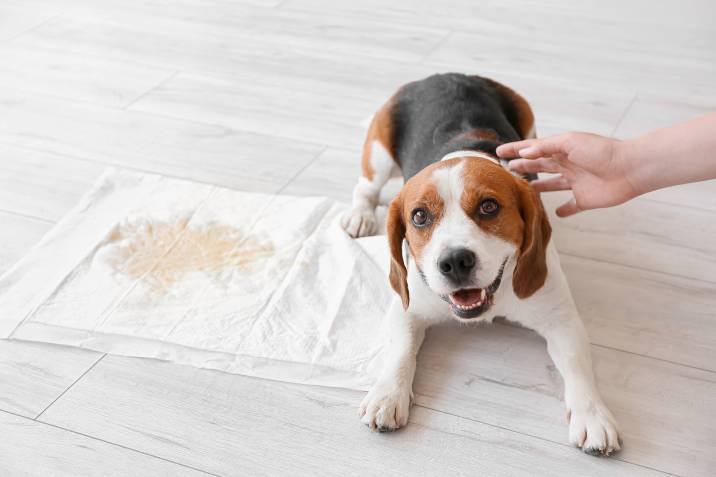
Introduce your dog to the pad after they eat or drink, so you can encourage them to use the pad.
For two weeks, familiarize your dog with the toilet spot. Observe for cues when it’s time to eliminate and bring them over to the pads.
Give your dog a lot of praise when they successfully use the paper or pad.
If you see an accident about to occur on the floor, be stern with “no” and direct your dog over to the wee pad to finish their business.
As your dog gets into the rhythm of things, you can slowly move the pads closer to the door ‘till you finally place it outside. Taking a soiled piece of paper outside will also encourage your dog to go there as they can recognize their own scent.
3. Potty training with sound and verbal cues
Clicker training

Clicker training involves the use of a device that makes a clicking sound. The idea is to let your dog associate the sound with a specific command and reward your dog for a job well done. During house training, you can gently tell your dog to potty, then follow it up with the clicker and a reward right after.
Bell training
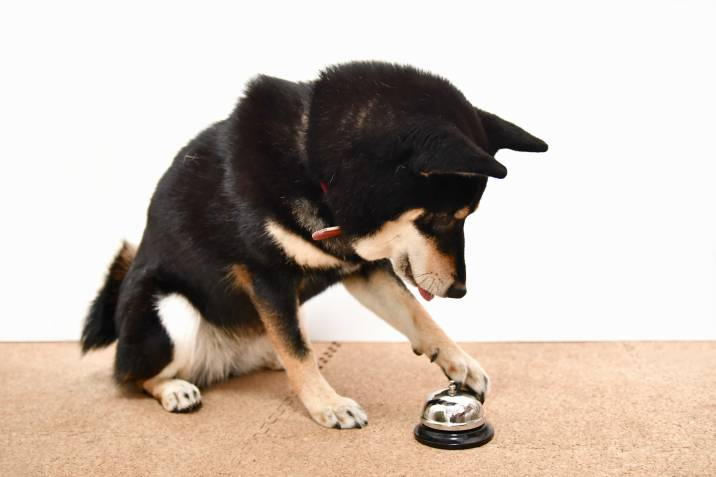
Following the same principle of conditioning your dog to associate sounds with specific actions, you can use a bell to signal that it’s poop and pee time.
For two weeks, train your adult dog by ringing the same bell each time you’ll take them outside.
Verbal cues
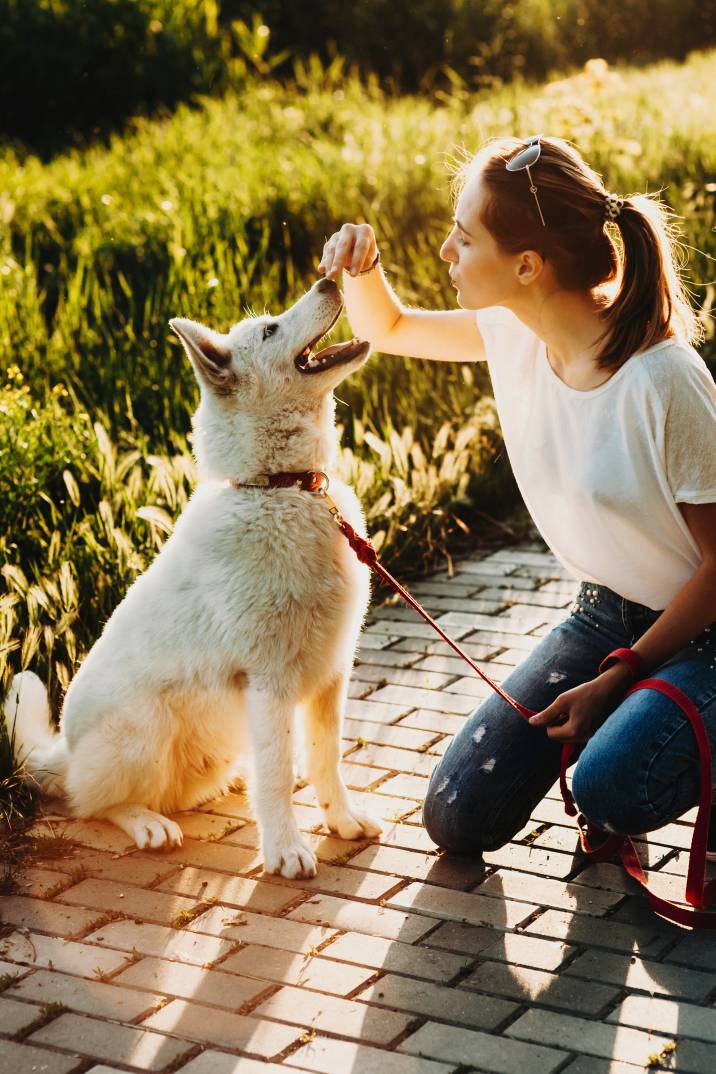
If you don’t have a clicker and a bell, you can try establishing bathroom routines with just words. Words like “Go potty” or “Do it” are verbal commands that your adult dog can pick up from consistent training. And if they do as you say, don’t be shy to sprinkle in some praise like “Good job!”
| Also read: Your Ultimate Guide to Dog Care – Everything you need to know about caring for a dog, from grooming to training |
Tips when house training your adult dog
Find out about your new adult dog’s history. When you adopt an adult dog, it’s important to find out about their behavior and habits straight from the previous owner or foster carer.
Get a sense of the dog’s daily life before the adoption by asking questions, such as:
Has the dog been house trained?
What did the dog’s daily routine look like?
Does the dog have any medical issues?
Does the dog have any phobias (e.g., loud noise from fireworks)?
Medical and behavioral conditions could be hindering your adult dog from getting house trained. Consider scheduling a vet visit for an expert assessment.
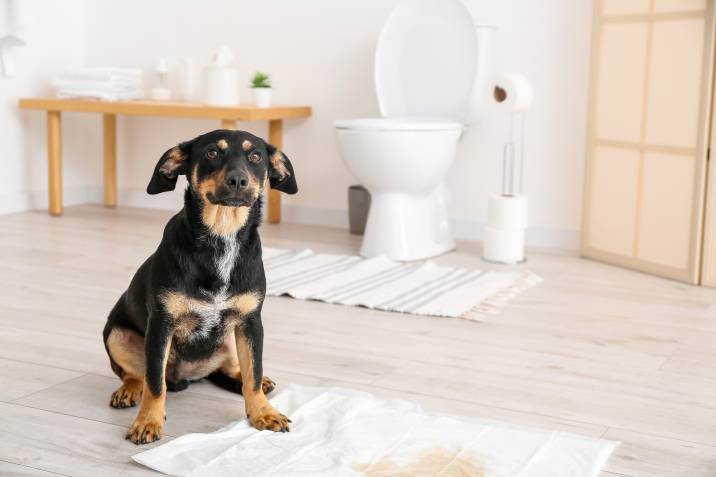
Once you’ve talked to these key people, it’s your turn to do some more digging.
Observe your adult dog’s current pooping and peeing patterns. Take note of the stool consistency, how frequent they’re relieving themselves, what time, and where. Be on the lookout for your dog’s signals when they’re about to go.
If you get a dog sitter, ask them to record their observations as well.
Consistency is key
For two weeks, you should stick to one house training routine – meaning one method, one spot, and one schedule. This is so your adult dog gets enough time to learn and adjust to the new lifestyle you’re teaching them.
Here are more tips for potty training your dog:
Choose an accessible potty spot.
Decide on a sustainable eating and potty schedule.
Avoid leaving food in the dish all the time to limit your dog’s consumption.
Stock up on cleaning agents such as enzymatic cleaners for potty accidents.
Be ready with rewards you can give your dog after they follow your desired house training habits.
You can get a dog walker to fill in for you if you have to go out; Just make sure to inform the dog walker about your house training dos and don’ts.
Get the help of dog-loving professionals
While this guide walks you through the basics of house training an adult dog, you should first unlearn the notion that grown-up dogs can’t be trained. Don’t forget to enjoy the house training process because this is an opportunity for you and your new dog to form a lasting bond.
If you need help house training your dog and getting them to learn other tricks, you can hire a local dog trainer on Airtasker.
FAQs on house training a dog
The potty training process is essentially the same, except that with adult dogs, you have to consider their history. Unlike puppies that are a blank slate, a grown-up dog can bring along with them undesirable habits and fears from their previous home.
Our guide to training an older dog provides more tips on teaching an old dog new tricks. You’ll also learn some special considerations when caring for a senior dog.
Find dog trainers, fast
Find a dog trainer
Related articles

3 Effective ways to house train a dog
Read more
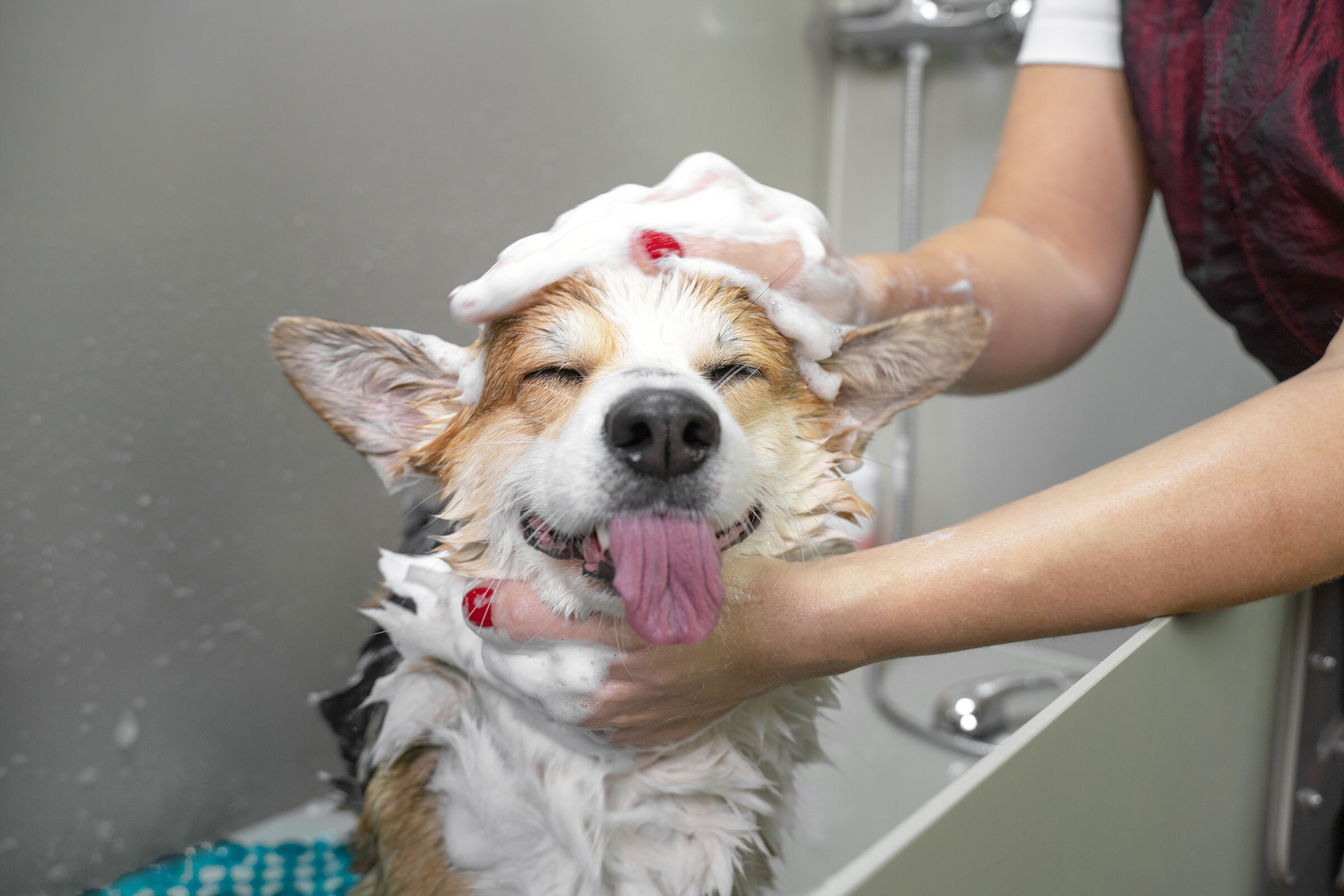
How often should you wash your dog?
Read more
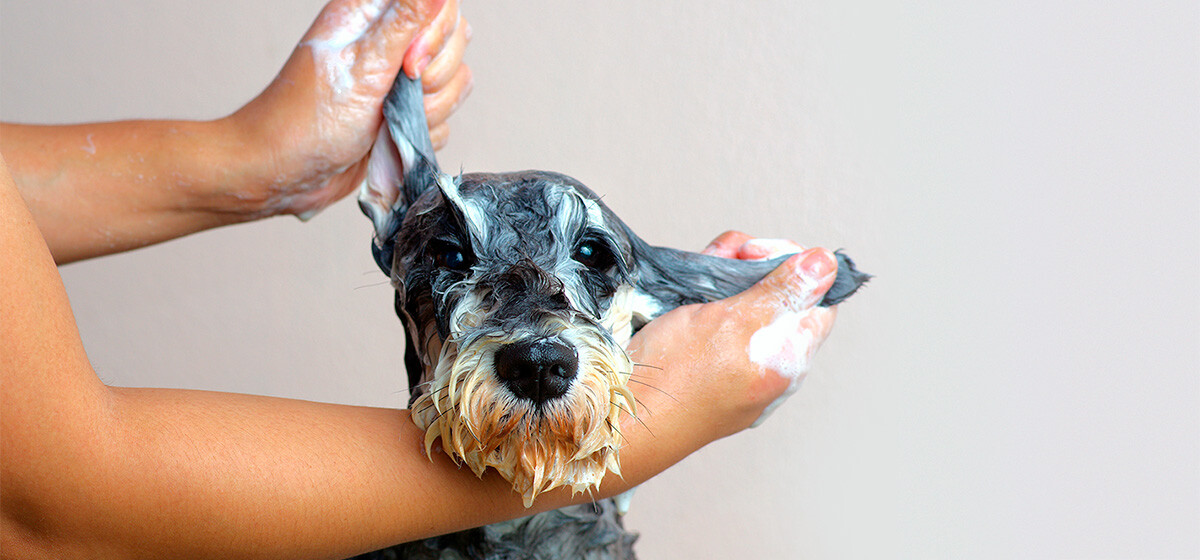
How to bathe your dog like a groomer
Read more
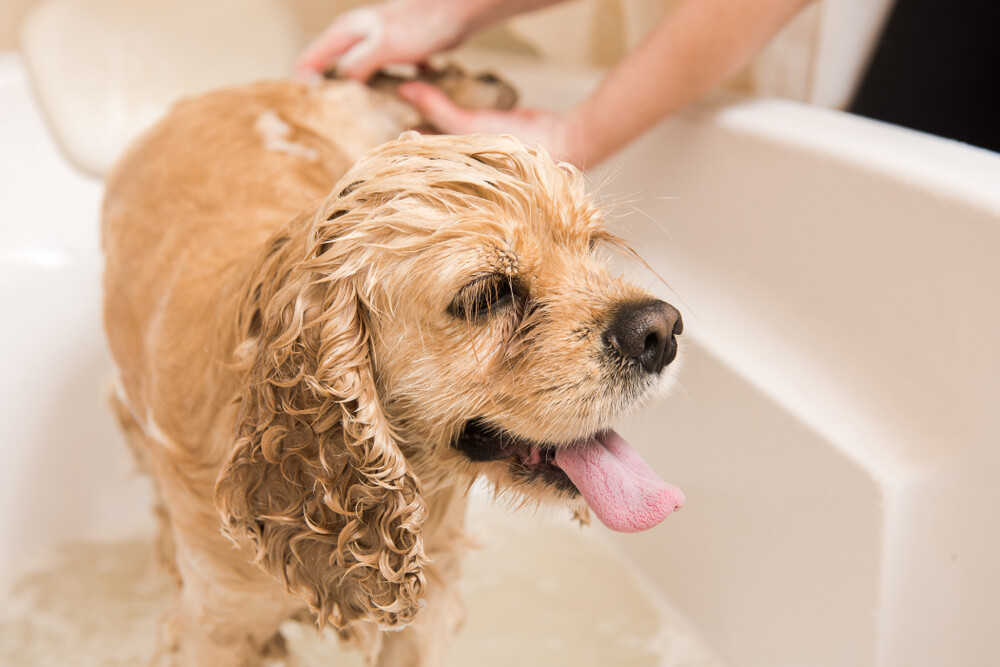
How to groom a dog step by step
Read more
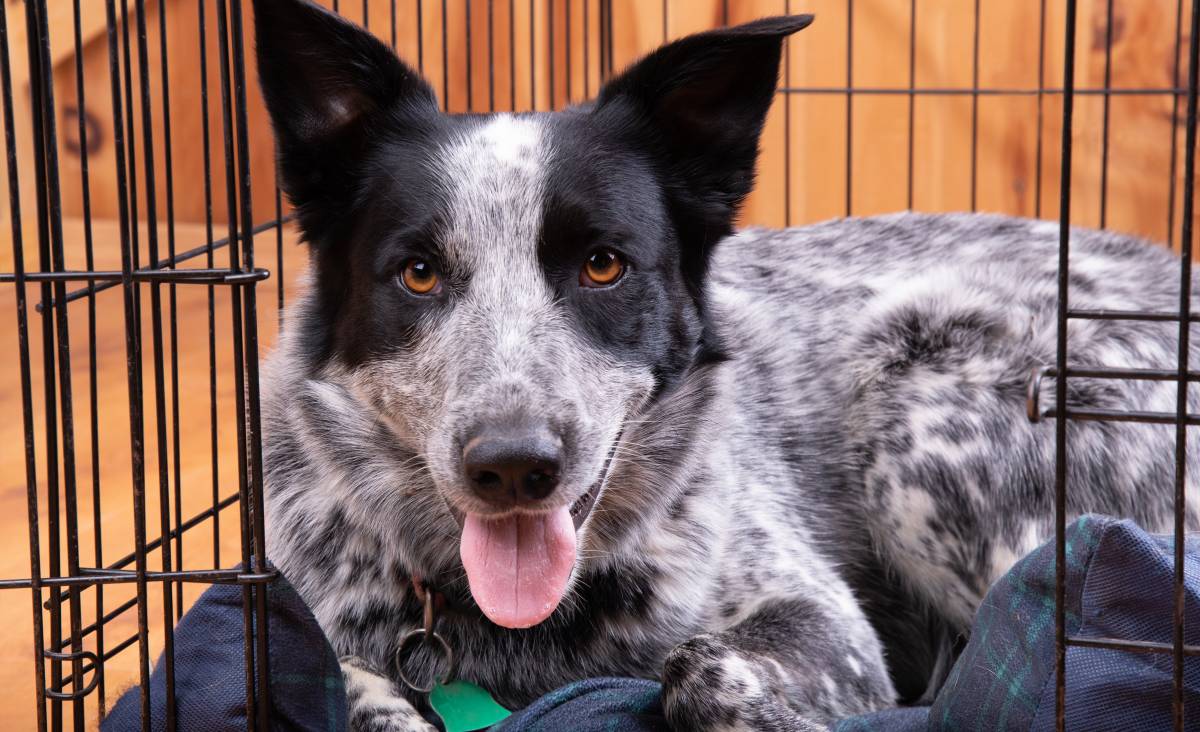
4 Tips for crate training a rescue dog
Read more
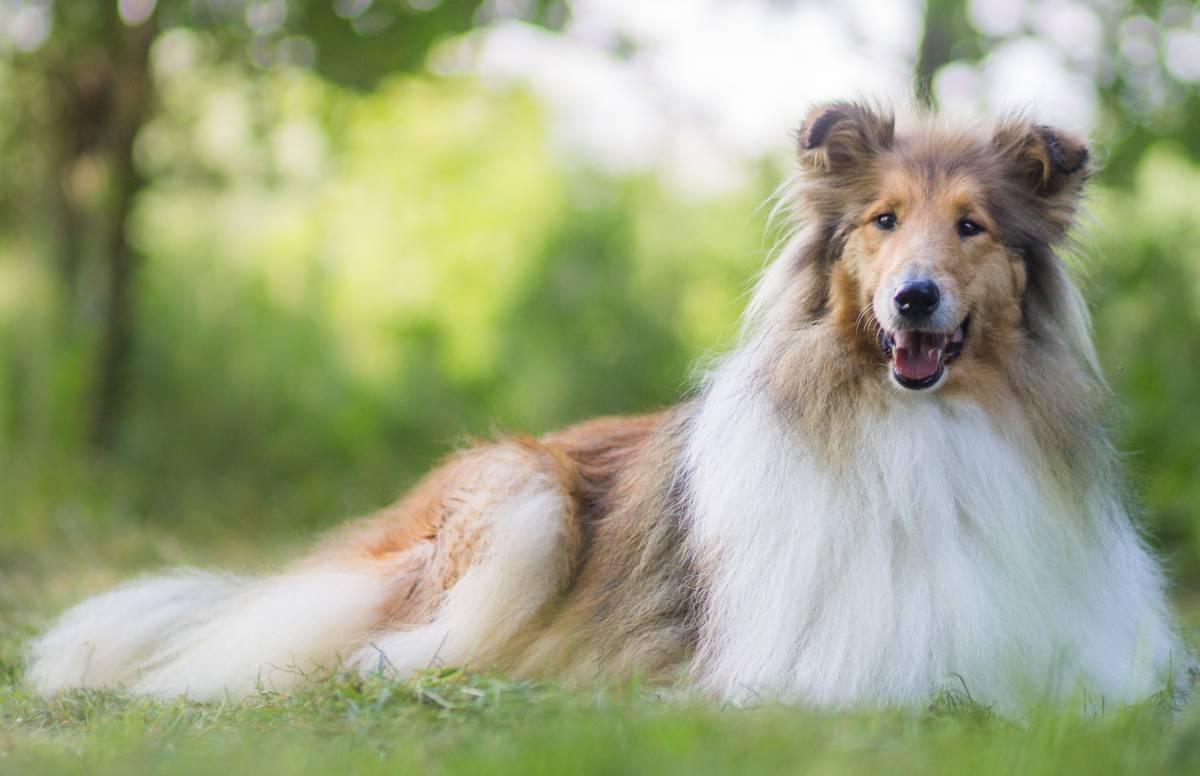
How to groom a long-haired dog
Read more
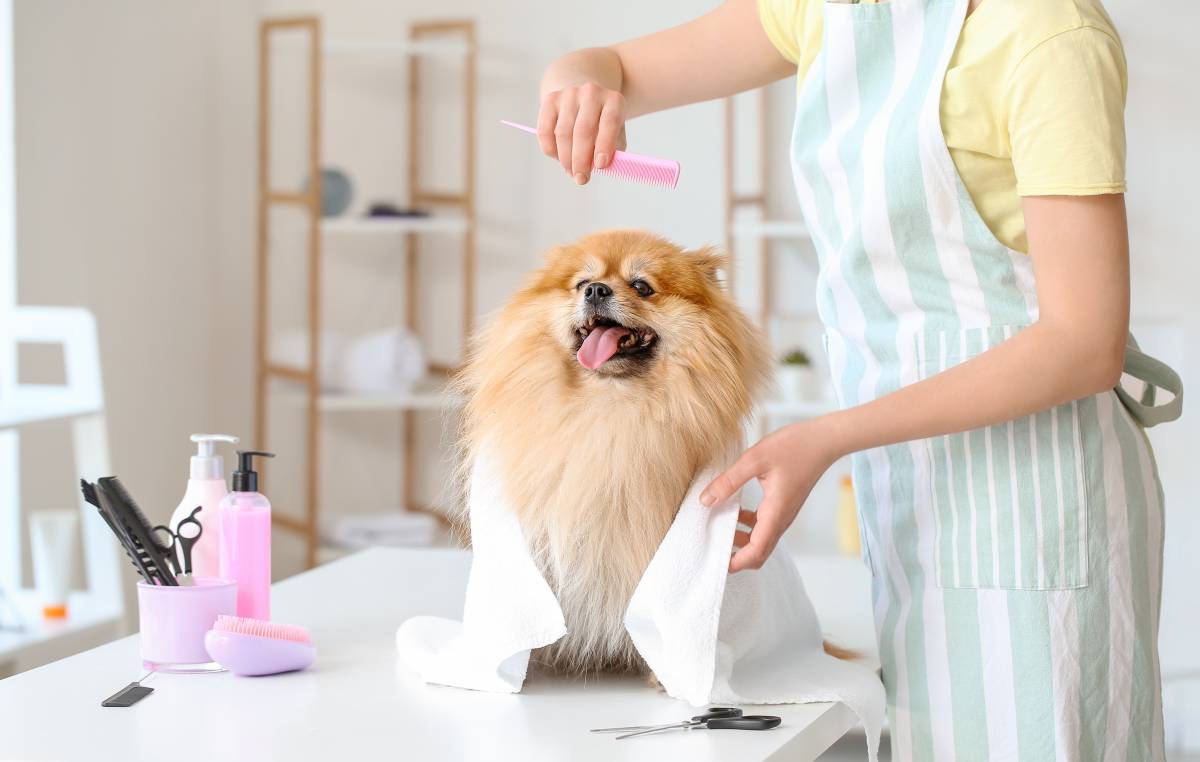
How to become a dog groomer
Read more
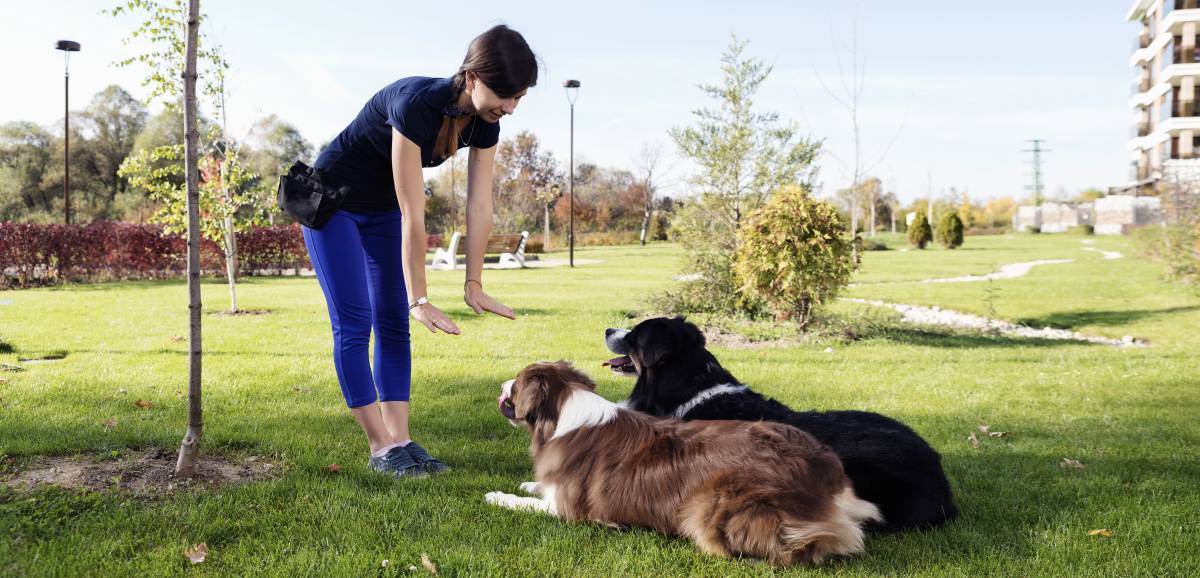
Dog training 101: How to train your dog
Read more
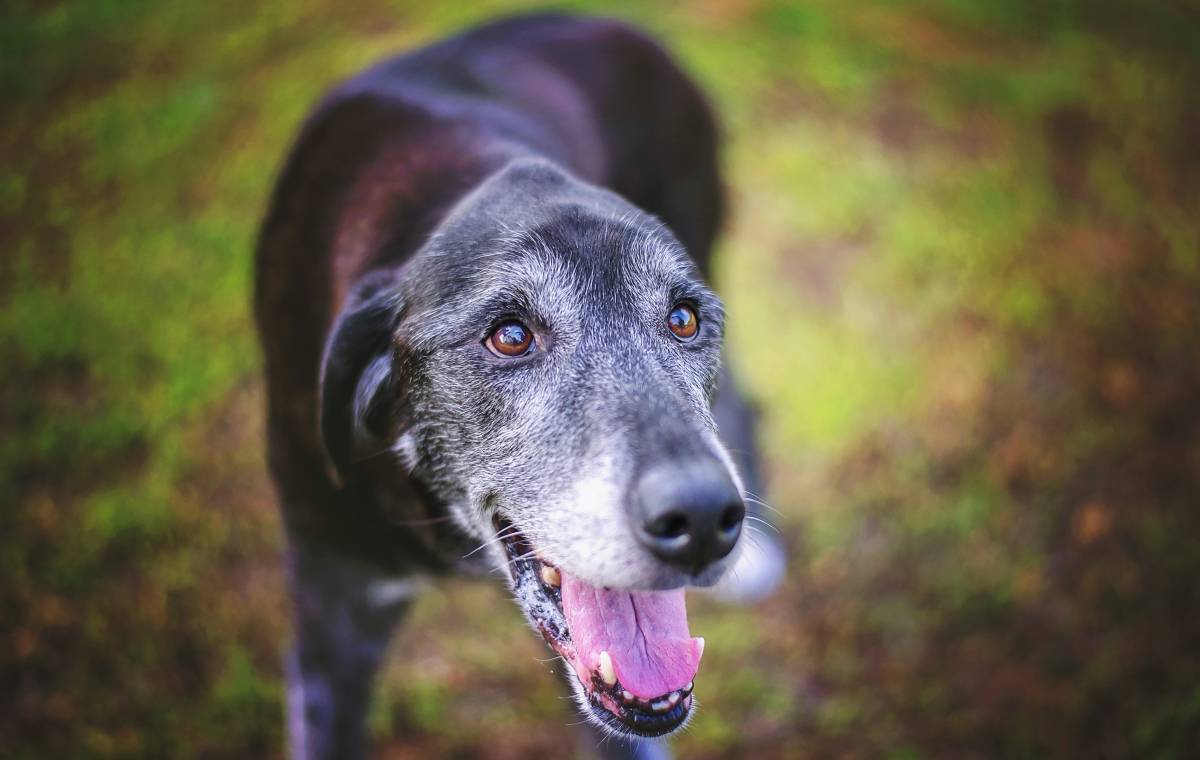
Tips for training an older dog
Read more

Your ultimate guide to dog care
Read more
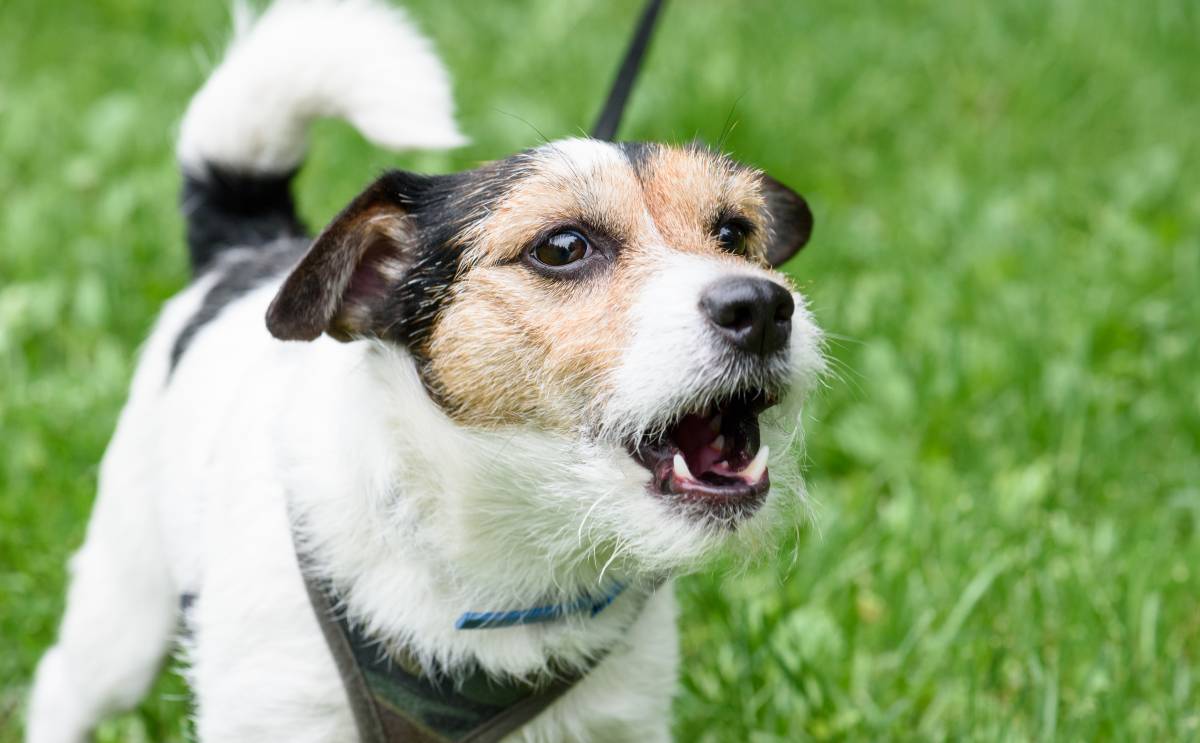
Reactive dog training tips
Read more
Related price guides
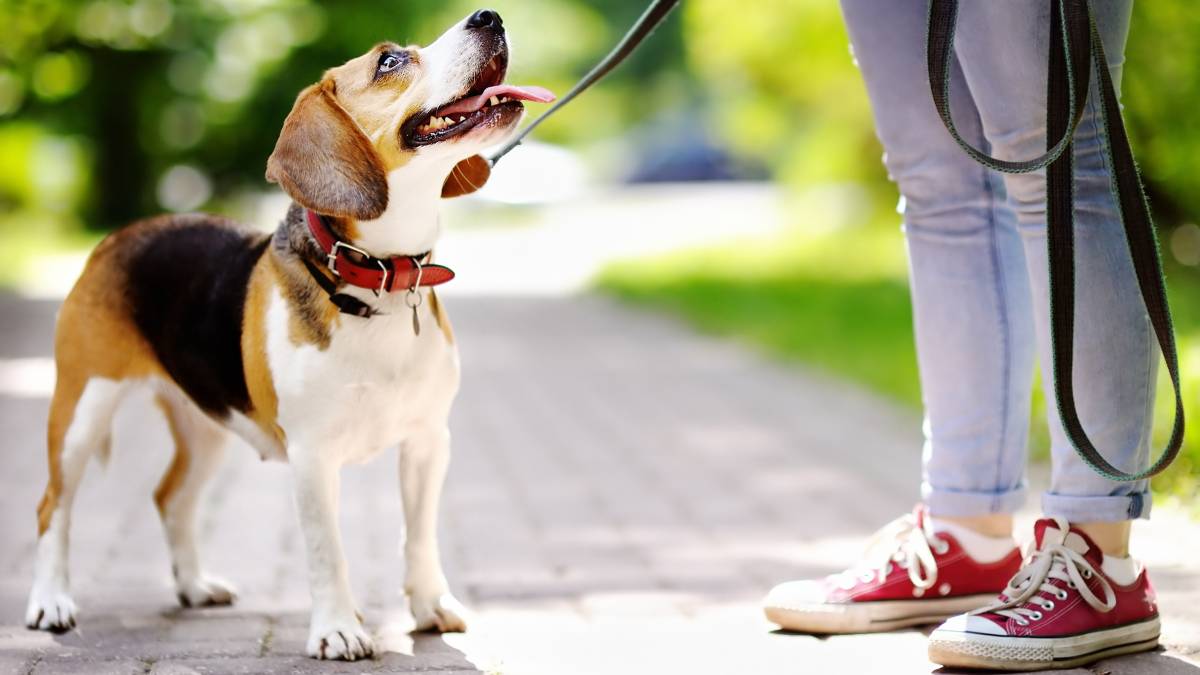
How much do dog walkers charge?
Read more
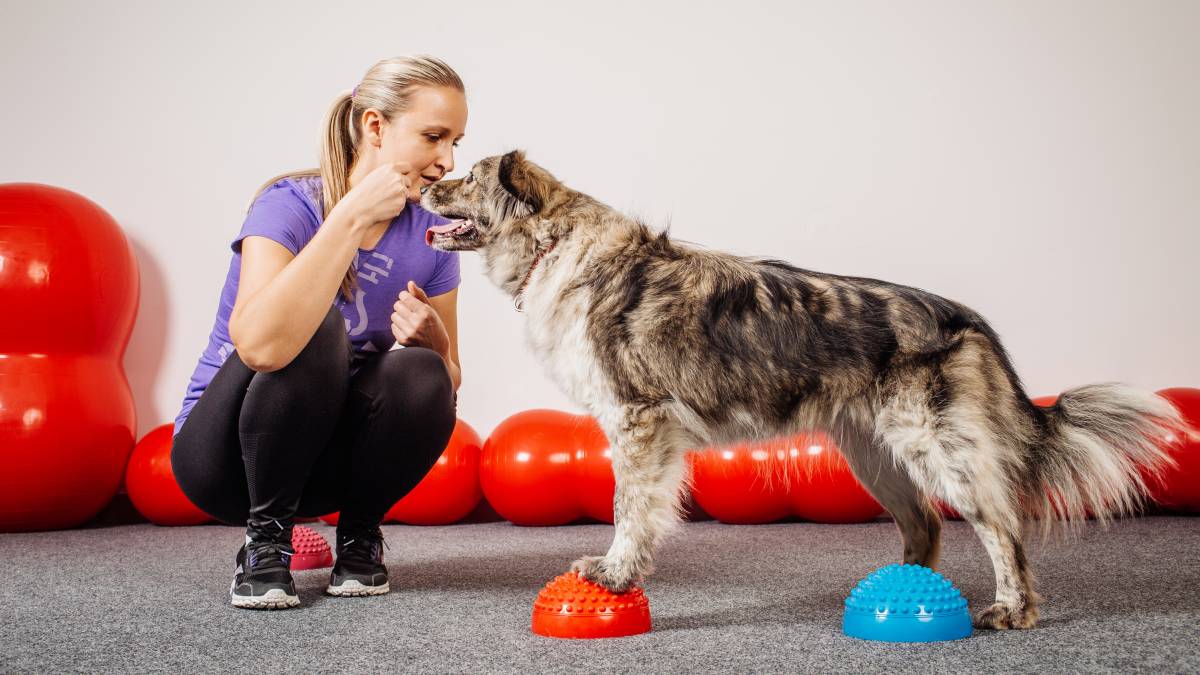
How much does dog training cost?
Read more
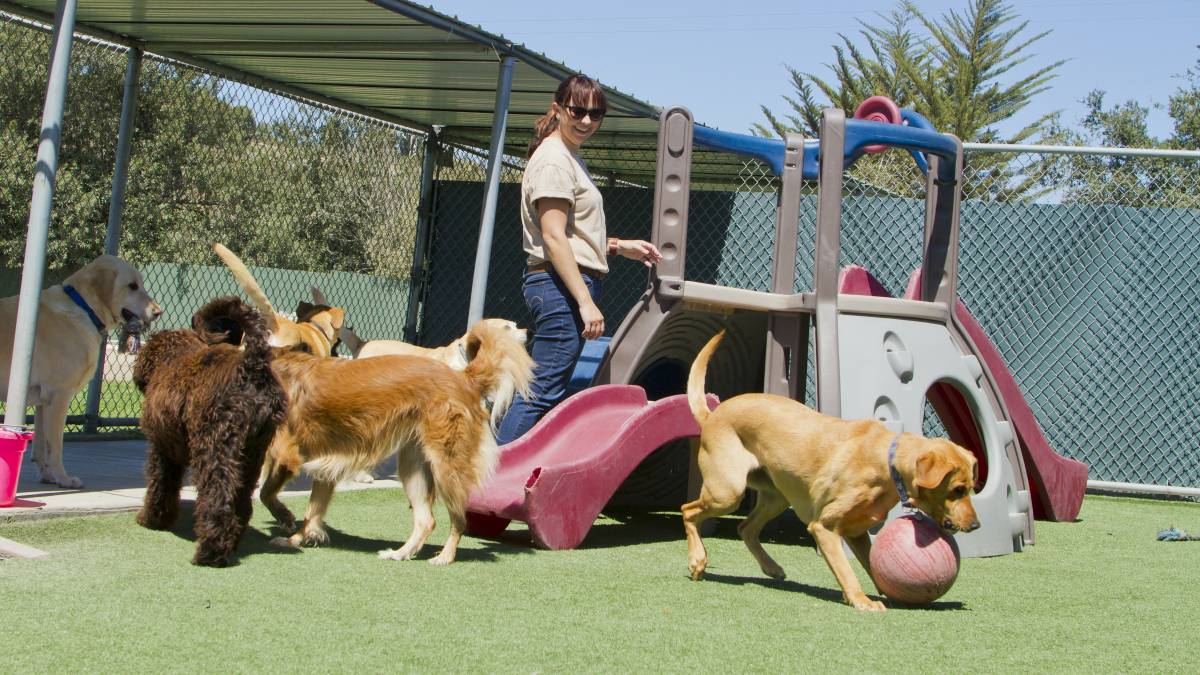
How much does doggy day care cost?
Read more
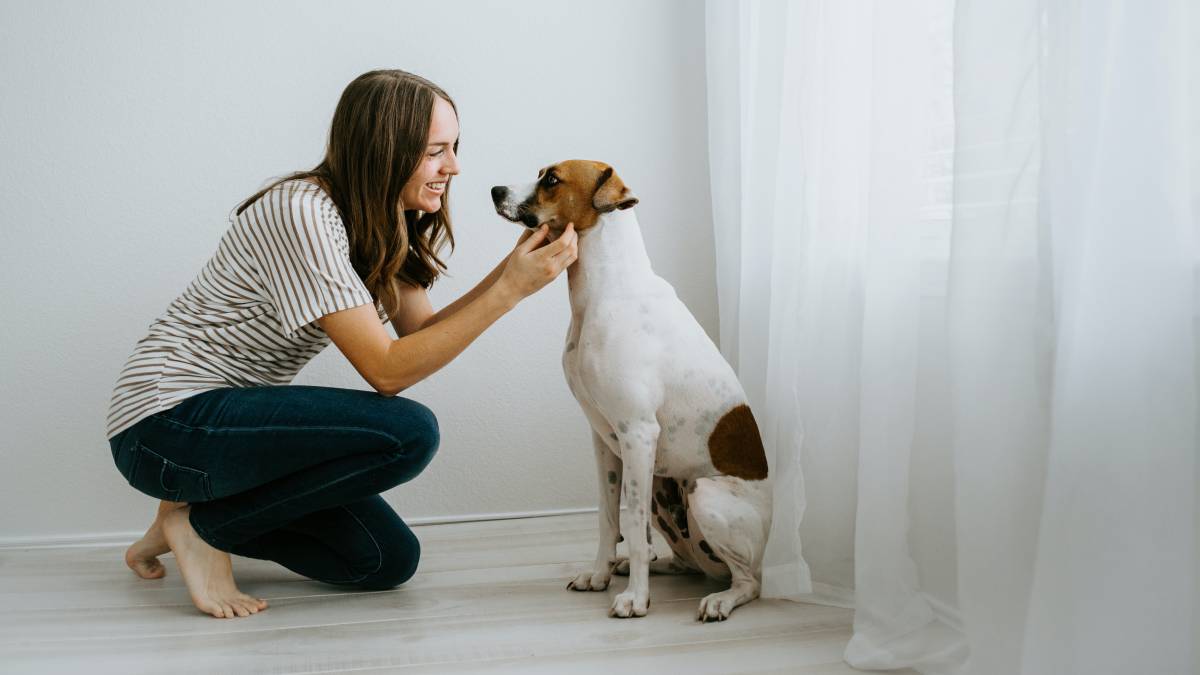
What are average dog sitting prices?
Read more

How much does dog grooming cost?
Read more

